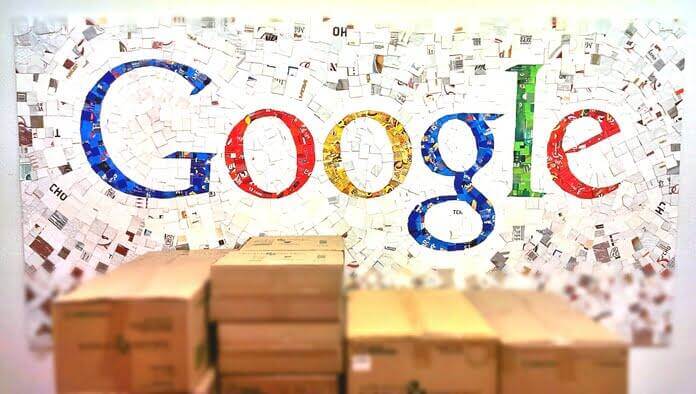Google, a subsidiary of Alphabet (NASDAQ:GOOGL), is making every effort to maintain its dominant position in the personal health monitoring market by focusing on developing technological advances and integrating various medical devices.
Incorporating the Fitbit and the Google Fit app into smart display devices has now advanced to the next level with the release of the updated stats card.
On the second-generation Nest Hub, people who are into fitness may now examine a stats card that details their steps, calories, and workout days.
The card, which can be found under the Wellness tab of the gadget and goes by the name Your Activity, is particularly noteworthy. Users will also have access to the weekly graph of the statistics discussed previously when using this.
Because this most recent effort will result in an improved user experience, it will probably help increase the number of people using Fitbit devices, the Google Fit app, and the highlighted smart display.
Alphabet’s Growth Potentials
The increasing efforts that Google is making toward the integration of fitness data into a variety of different devices augur well for the company’s improving position in the personal health monitoring industry, which is gaining on the back of the growing proliferation of fitness trackers.
In an industry worth multiple trillions of dollars, wearable fitness trackers are gradually making their way into the mainstream. This is because they have evolved into the most practical and convenient options for accurately monitoring one’s health, keeping track of one’s fitness, and providing post-operative care to patients.
Continuous advancement in technologies such as AI, ML, and IoT, which are essentially what support automated devices, give accurate health information.
The global market for fitness trackers is projected to reach $91.98 billion by 2027, with a compound annual growth rate (CAGR) of 15.2%, according to a report published by Fortune Business Insights.
Regarding price performance, Alphabet (NASDAQ:GOOGL) has experienced a year-to-date decrease of 21.1%, which compares unfavorably to the decline of 22.5% experienced by the Zacks Computer and Technology sector.
Featured Image: Megapixl @Achilles
















